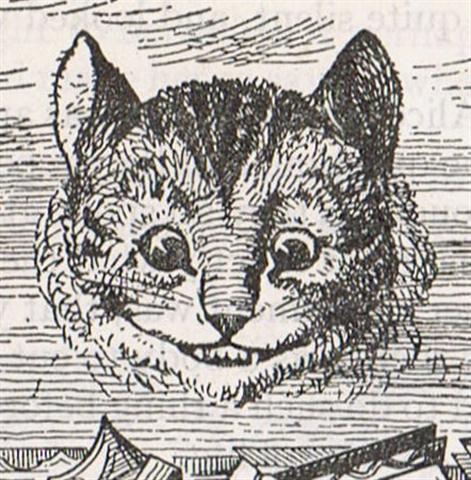1. By naming the places in the geography of Easter Island in harmony with the order of the stations in time it will, in a way, be possible to move in time. If we for instance walk along the southern coastline from east to west we will will be moving against the course of time as described by Moon. We could initially expect the explorers to follow the stations of the kuhane of Hau Maka, but they instead took their canoe to a safe point of landing at the beginning of the southern coastline, ignoring the stations around Rano Kau. But once they had landed, after having avoided the steep cliffs in the southwestern corner of the island (which the kuhane easily had flewn over), they ought to visit the early kuhane stations by walking on foot, and this they did. From Hanga Te Pau they moved backwards in time. But their landing site must first be named:
Igoa means name and nape is to give a name. Metoro never used these words when he read the texts for Bishop Jaussen. But at Aa8-18--21 Bishop Jaussen has commented: '4 nomes propres', and here Metoro said ira:
This seems significant, because there are 4 holes at the entrance to our hare paega (model of time) and the Tahua text soon thereafter arrives at the 4th ('amputated') viri:
Its should also be mentioned that Metoro used the word ira only at one other time, viz. at the last of 4 persons giving structure to the 1st period of 24 (23 of which are ending with kiore + henua). I.e., they stand at the entrance to a season which can be counted as 24 periods:
It is written (spoken by Metoro) as one word (ko-ira) and presumably this is a wordplay to draw attention to the different environments, the navigator Ira at sea compared to the following 'land' to be worked on by ki-ore. Ore is a sharp tool, like the digging stick or the eye-tooth, and ore-ore are the teeth of sharks or of the ono fish (where ono = 6):
The Cheshire-Cat is grinning in order to show his eye-teeth, we can guess, and cats are screaming in the night of March.
|










